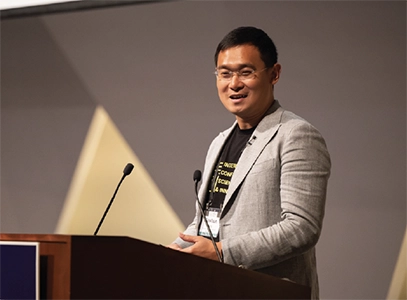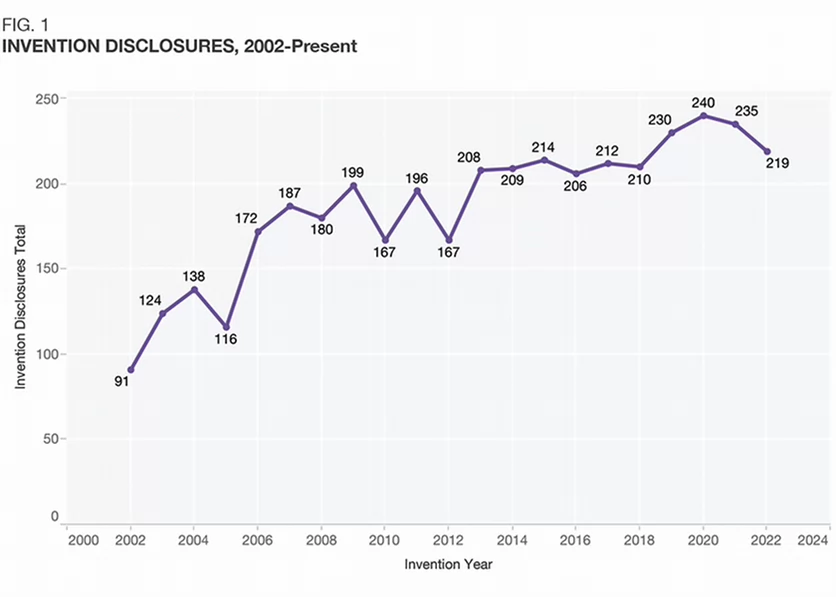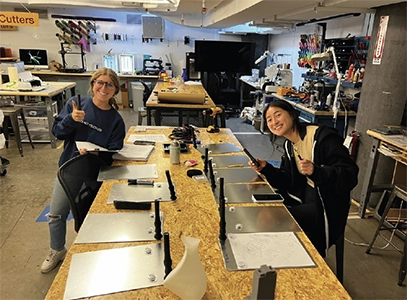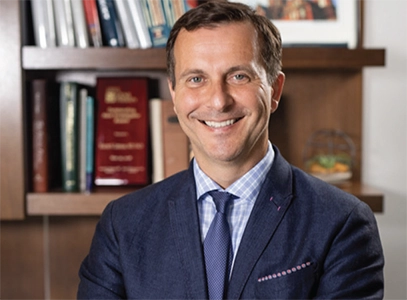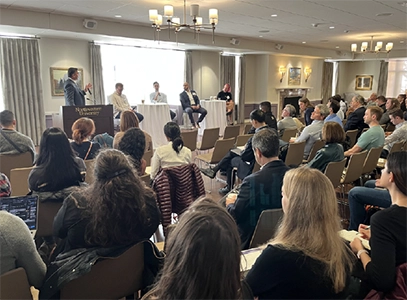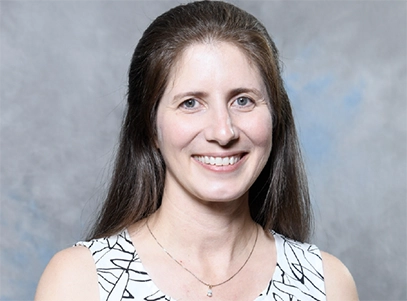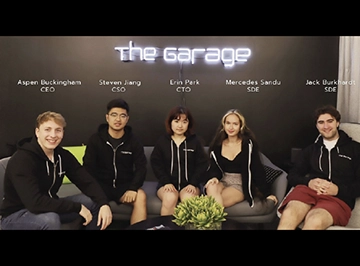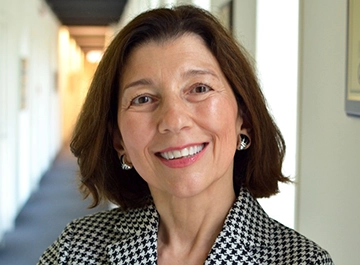
Message from Alicia Löffler
When I became INVO’s inaugural executive director in 2010, I held one personal, admittedly strange goal: to put myself out of a job. That successful result, after all, would mean Northwestern University had established itself as a leader in innovation and entrepreneurship among U.S. universities.

